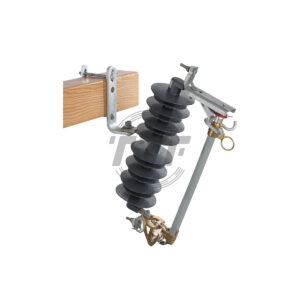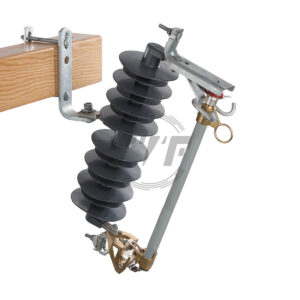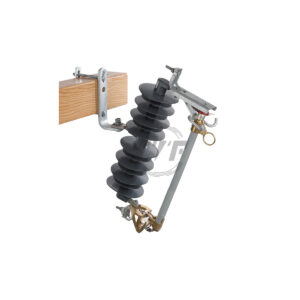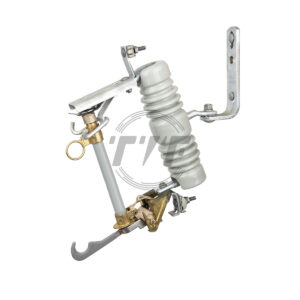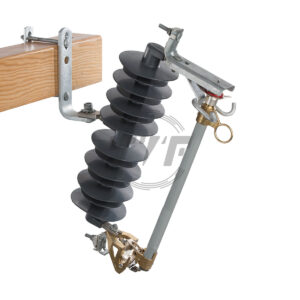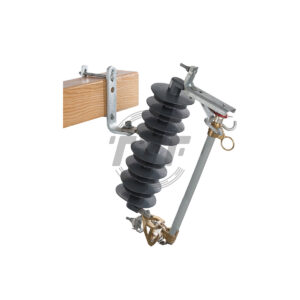Standard Cutout Fuse
The standard cut out fuse can immidiately extinguish the arc inside the fuse holder to stop the movement of the energy. Our Standard Cutout Fuse fit for 15 KV voltage rating which can resist corrosion.
Showing all 7 results
-
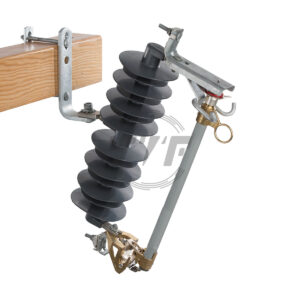
100A 10k AIC Fuseholder, Standard Type C Connector
-

15 kV,110 kV BIL, D-shape Standard Type C Polymer Cutout with a 100A, 16kAIC Fuseholder
-

15 kV,110 kV BIL,D-shape Standard Type C Polymer Cutout with a 100A, 10kAIC Fuseholder
-

BIL, D-shape Standard Type C Polymer Cutout with a 100A, 16kAIC Fuseholder
-

D-shape Standard Type C Cutout with 16kAIC Fuseholder
-

D-Shaped Standard Type C Cutout Fuse with 10kAIC Fuseholder
-

Standard Type C Cutout with a 10 kAIC Fuseholder
Read More
In power line hardware system, the electrical line fittings is the topic we can not avoid. In line construction process, cutout fuse is important for keeping the safety of individuals and nearby buildings. Especially, facing with the extreme weather, the electrical equipment need full protection. Encountering the overflow of electrical current, it will fuse the circuit and save human body lives and property.What is Cutout Fuse in Power Line Accessory
A device, normally installed overhead, that is used to fuse a line or electrical apparatus. Cutout fuse combines a fuse and switch. The unit allows transformer to disconnect from the power line in case of emergency. It consists of a fusible metal bar supported between two terminal clips by an insulator. If a short circuit occurs, the fusible metal bar will melt, protecting electronic devices form the over current damage and operation errors of the inner electronic components. Cutout fuse has been widely used in power systems, electrical installations as well as domestic appliances. As a fail safe, its operational principle is simple and installation convenient.
The Different Parts of Cutout Fuse in Line Construction
The cutout body, an open frame that supports the fuse holder and a ribbed porcelain or polymer insulator that electrically isolates the conductive portions of the assembly from the support to which the insulator is fastened.
The fuse holder, also called the “fuse tube” or “door”, an insulating tube which contains the replaceable fuse element. When the contained fuse melts (“blows”), it opens the circuit, and the fuse holder drops out of the upper contact and hangs from a hinge on its lower end. This hanging fuse holder provides a visible indication that the fuse has operated and assurance that the circuit is open. The circuit can also be opened manually by pulling out the fuse holder using a hot stick.
The fuse element, or “fuse link”, is the replaceable portion of the assembly that melts and breaks the circuit when the electric current through it exceeds its rated current value.
The Importance of Cutout Fuse in Power Distribution
They are designed to protect distribution transformers from current surges and overloads. They are utilized for of protecting the utilities starting from the earliest stage out of the range of individuals and vehicles. These help shafts are superb for guaranteeing that these utilities are communicated and conveyed without any interference by individuals or vehicles.
Transmission lines convey electric energy starting with one point then onto the next in an electric power framework. They can convey substituting current or direct current or a framework can be a mix of both. Additionally, electric flow can be conveyed by one or the other above or underground lines.
Average voltages for significant distance transmission are in the scope of 155,000 to 765,000 volts to lessen line misfortunes. A normal greatest transmission distance is around 300 miles (483 km). High-voltage transmission lines are very clear when you see them.
Transmission lines convey high voltage power, normally at 345,000 volts, over significant distances between the power age plant and clients. At times, an enormous modern client might get power straightforwardly from above transmission lines.
Application of Cutout Fuse in Power Transmission
Transmission lines are used for varied applications, including:
- Power transmission line.
- Telephone lines.
- Traces on Printed Circuit Boards.
- Traces on Multi-Chip Modules.
- Traces on Integrated Circuit Packages.
Kinds of transmission line incorporate equal line (stepping stool line, turned pair), coaxial link, and planar transmission lines, for example, strip-line and micro-strip. The higher the recurrence of electromagnetic waves traveling through a given link or medium, the more limited the frequency of the waves.
A three-wire three-stage circuit is typically more conservative than a comparable two-wire single-stage circuit at a similar line to ground voltage since it utilizes less conduit material to send a given measure of electrical power.
The power in transmission lines is shipped at voltages of north of 200 kV to amplify proficiency. Voltages of 220 kV to 500 kV are commonplace. Transmission lines are typically joined to enormous grid steel towers or rounded steel posts.
The biggest transmission lines being used have a rating of north of 4000 A for each circuit, however the normal current in a common circuit is more similar to 700 A. Dispersion lines regularly have flows of many An or less.

